How 'the best picture in the world' was saved from destruction by a British army officer refused to follow his orders
Claudia Pritchard on the extraordinary tale of how Piero della Francesca’s 1460s fresco 'The Resurrection' was saved.
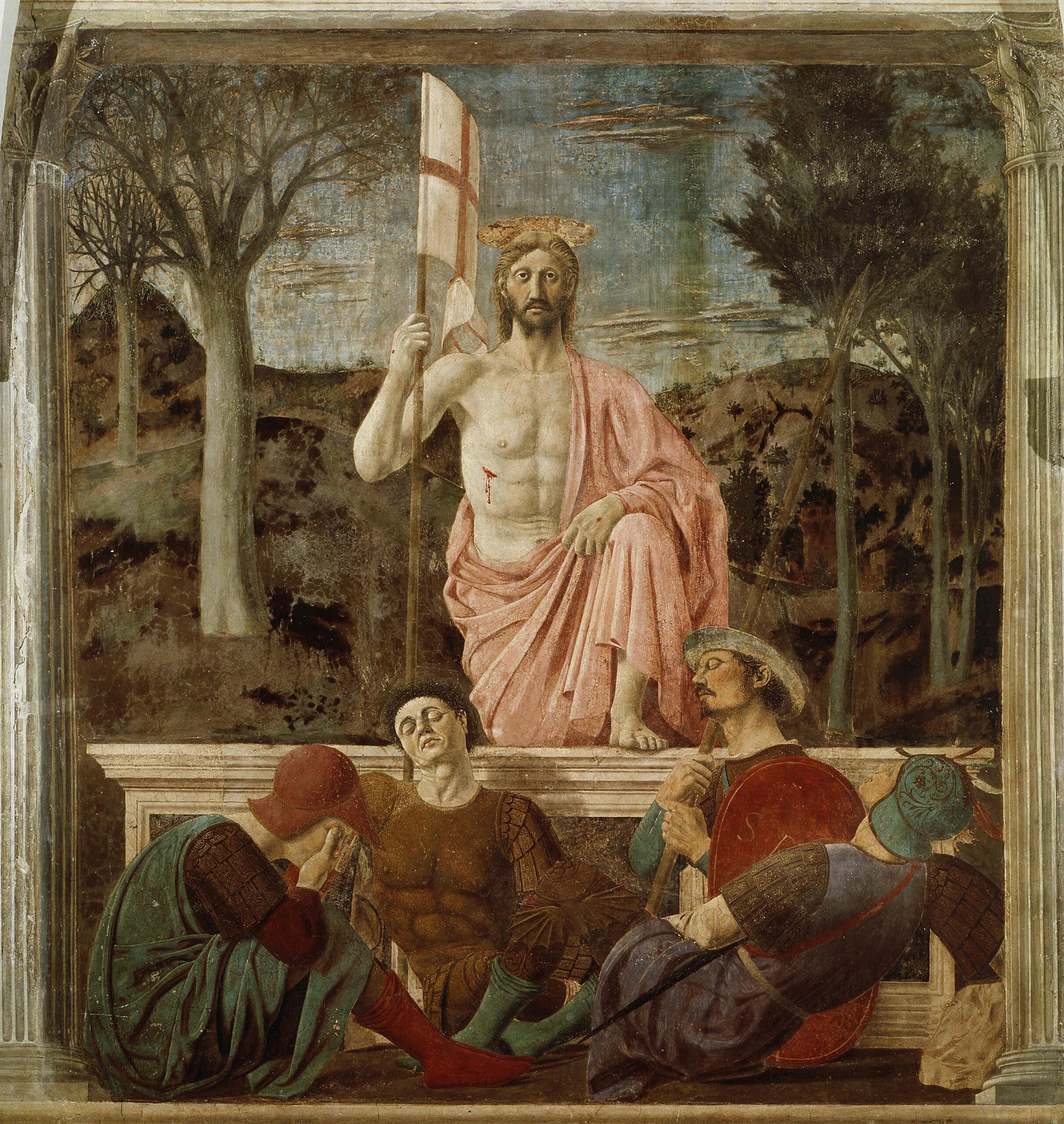
Calling it the best picture in the world, the writer Aldous Huxley once undertook a seven-hour bus ride from Urbino to Sansepolcro in Tuscany, central Italy, to see Piero della Francesca’s 1460s fresco The Resurrection. The journey time may have been exaggerated, but his endorsement was not. Painted on the town council chamber wall, it was a potent reminder of accountability.
Today, the Tuscan city’s museum is wrapped around The Resurrection, yet it would have been destroyed during the Second World War without the insubordination of a British officer. As the Allies made their way up through Italy, they dispersed any pockets of German occupation with artillery fire, then went in to secure communities.
When, in 1944, Capt Anthony Clarke and his men looked down on Sansepolcro from a vantage point, the commanding officer had misgivings. An art lover, he recalled Huxley’s essay. Defying orders from above, he instructed his men not to bombard the town, which they entered on foot — and, thankfully, found it to be free of German troops. The fresco was thus saved.
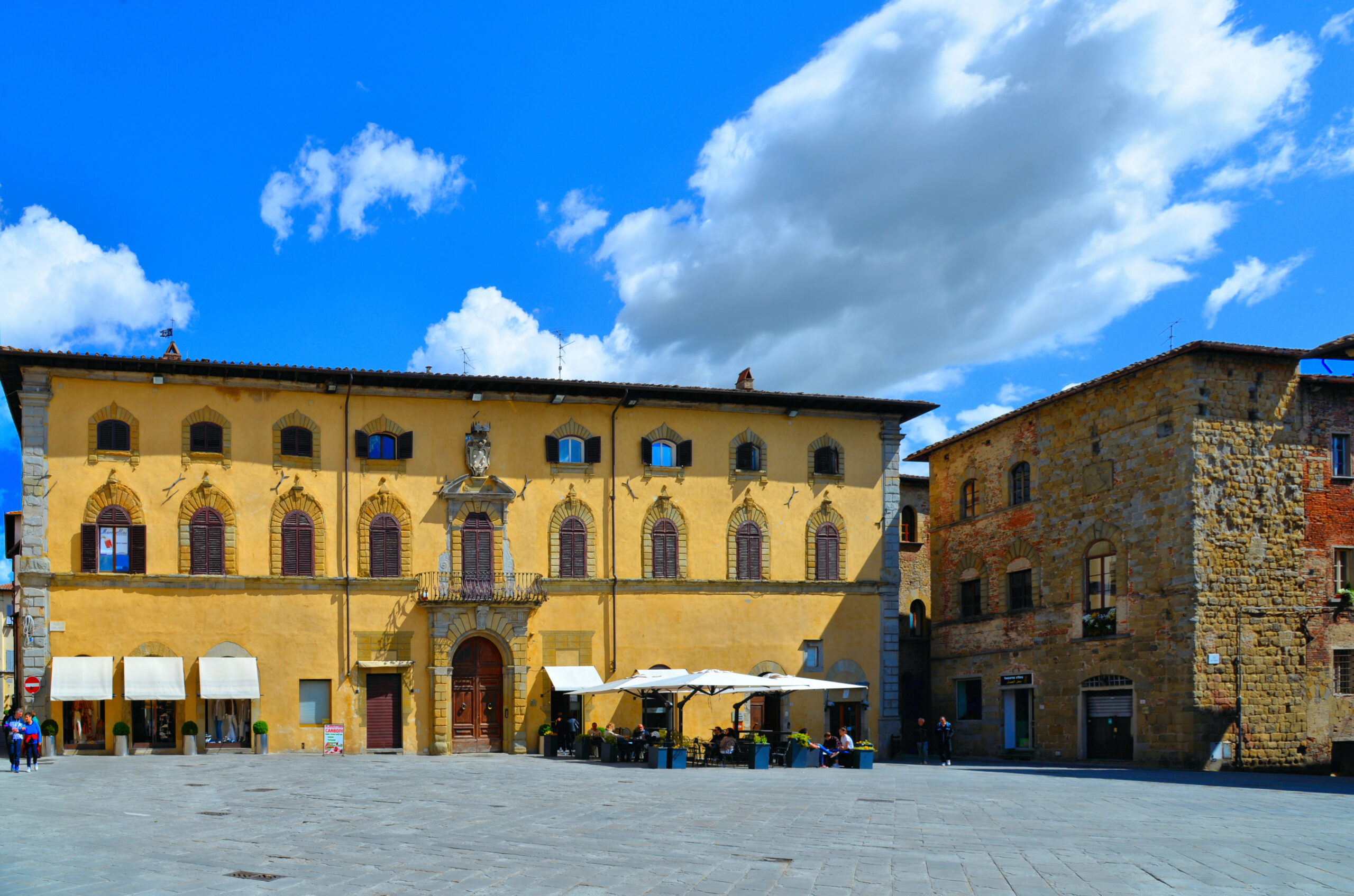
Clarke was far from asleep on the job, but the four soldiers guarding the tomb of the risen Christ in della Francesca's work certainly are. They loll in various poses, heads flopped back, forwards and to the side. The one dressed in brown, with tousled hair, is considered to be a self-portrait of the artist.
There is one obvious criticism, though. Despite the fact that Piero was a masterly mathematician as well as painter, the snoozing soldiers do not seem to have enough legs to go around...
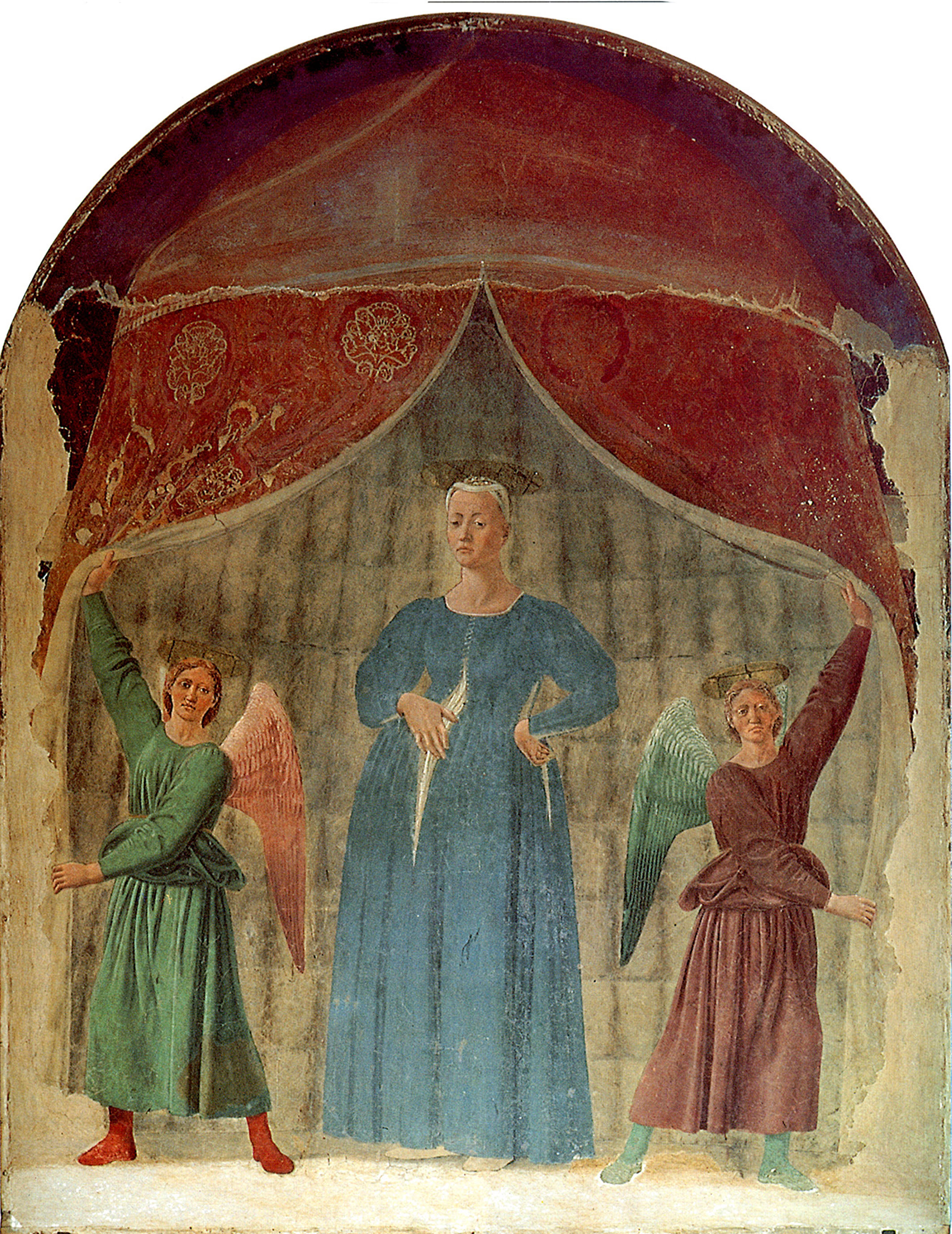
My Favourite Painting: Lachie Stewart
The architect Lachie Stewart chooses a Piero della Francesca masterpiece from the 15th century.
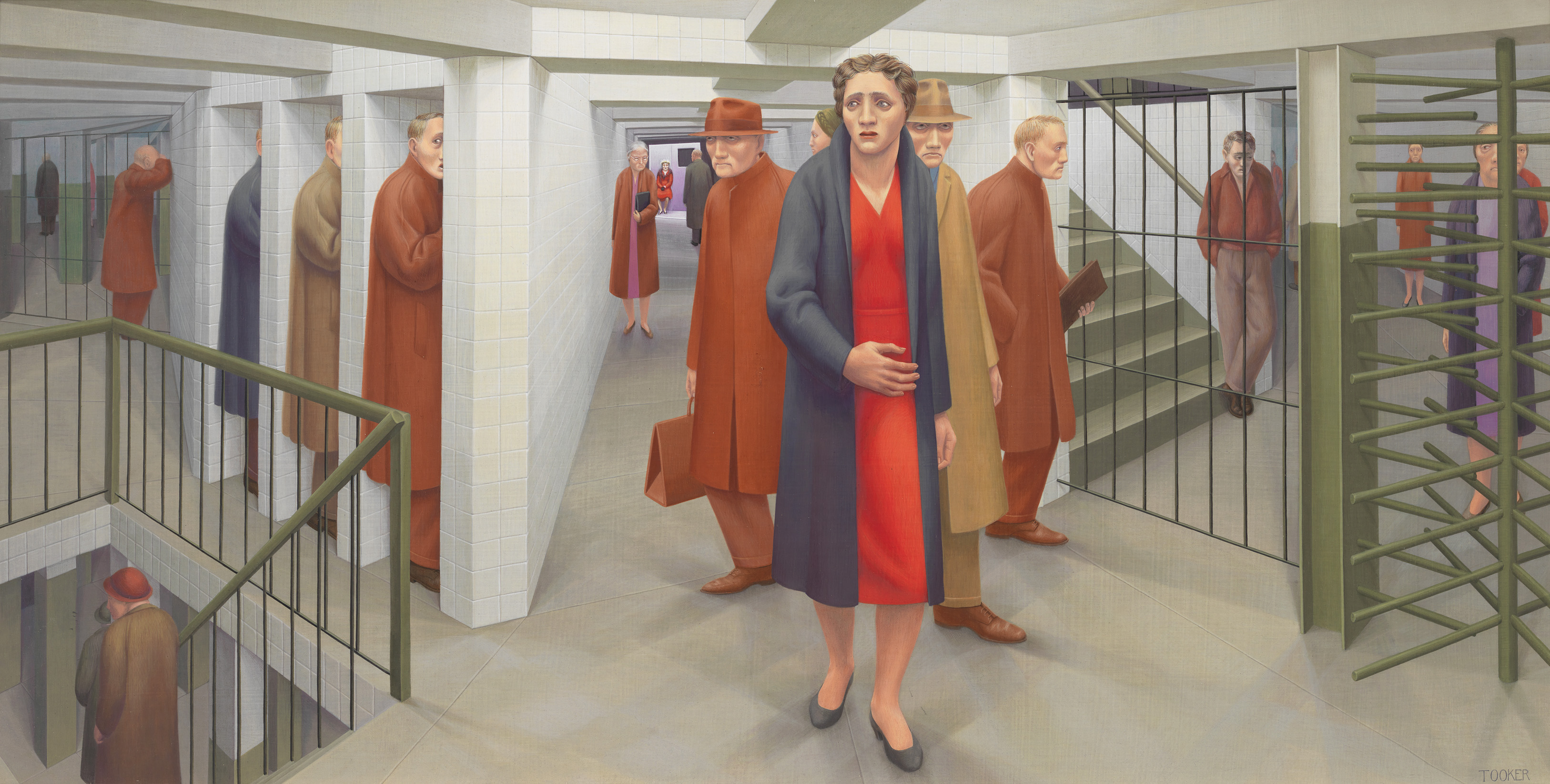
My Favourite Painting: Mike Leigh
The film director and writer chooses 'The Subway' by George Tooker, an artist who John McEwen describes as 'one of
Exquisite houses, the beauty of Nature, and how to get the most from your life, straight to your inbox.
My favourite painting: Martin Kemp
'The perspective appealed to my scientific instincts, with its geometry incised into the white gesso priming'
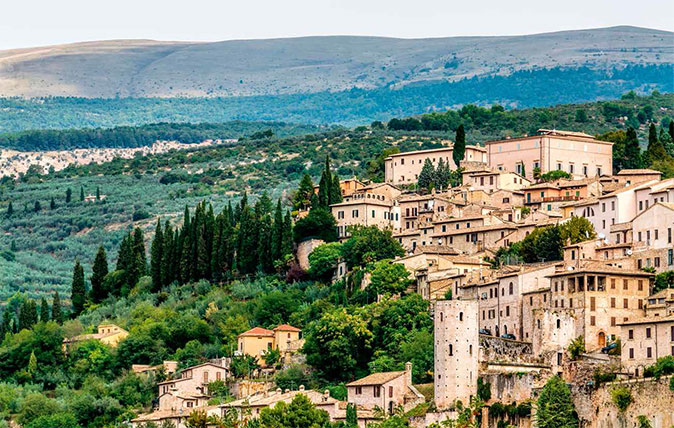
Credit: Alamy
Two middle-aged ladies, one beautiful Fiat, and a magical week in Umbria
Mary Miers teamed up with an old friend as she visited one of Italy's most enchanting regions.
-
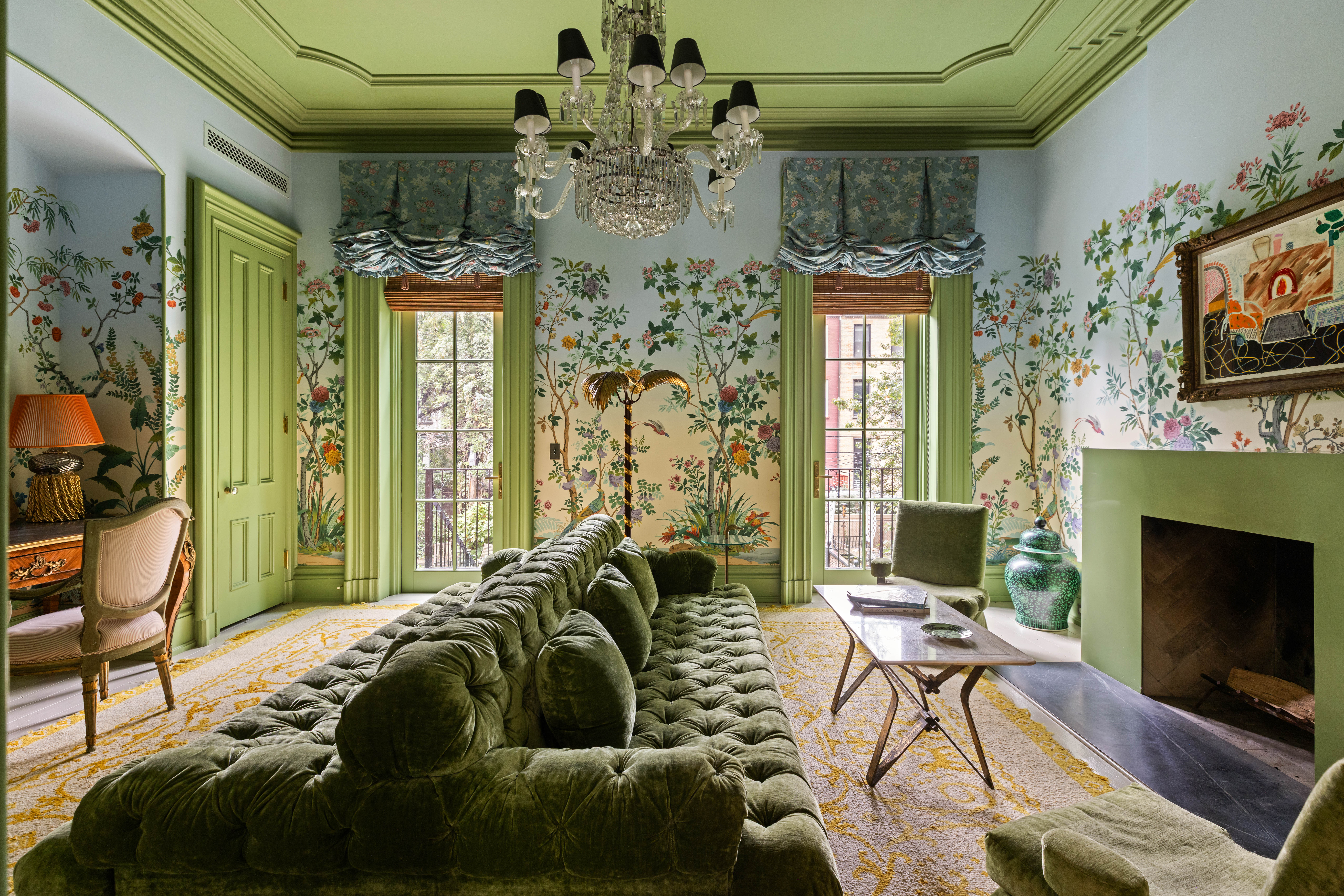 The eclectic New York townhouse that Lily Allen sings about in her new, headline-making album is for sale
The eclectic New York townhouse that Lily Allen sings about in her new, headline-making album is for sale381, Union Street is on the market just days after the singer’s latest album details the alleged infidelity in her marriage.
-
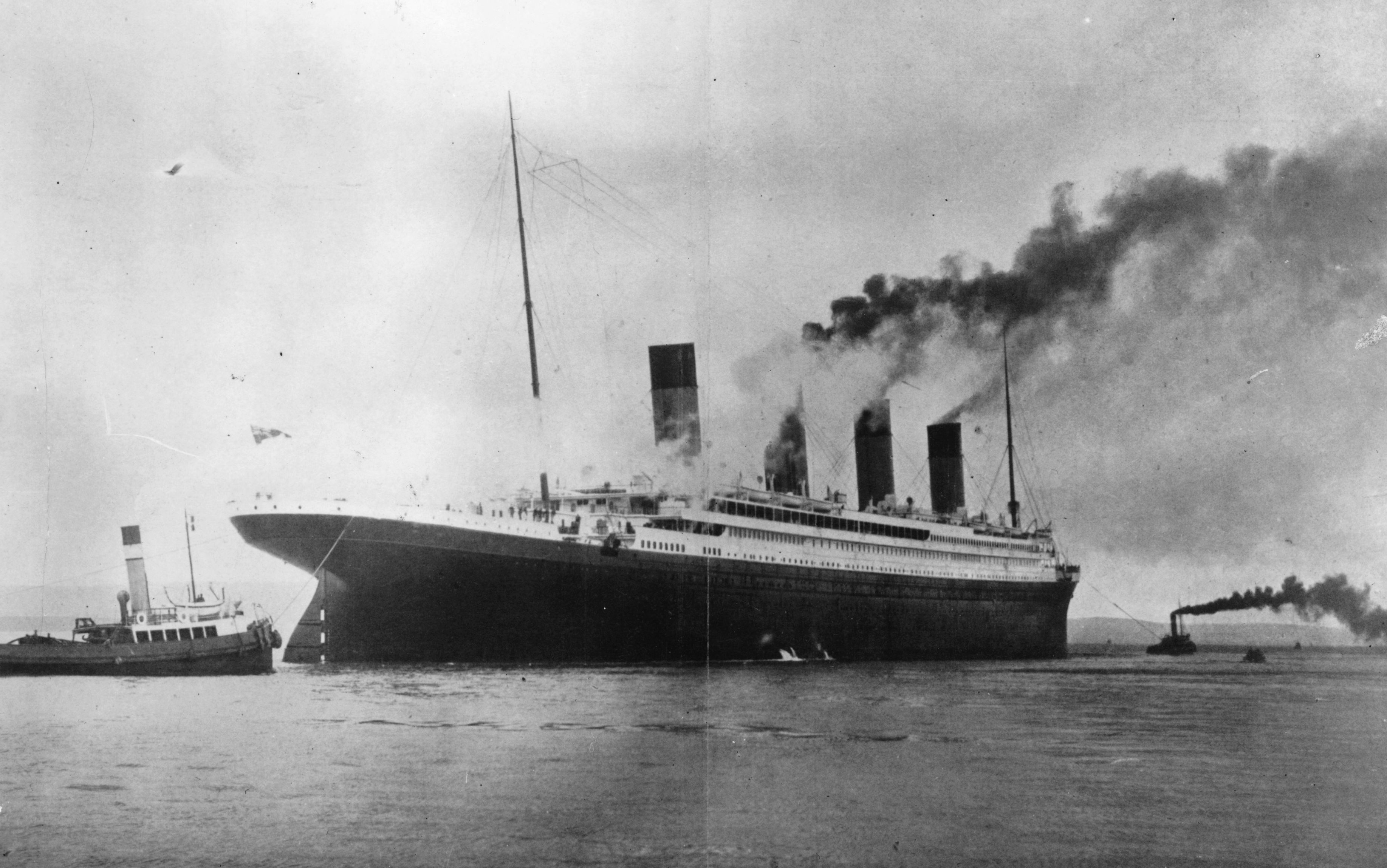 When did the Titanic sink and other questions. It's the Country Life Quiz of the Day, October 29, 2025
When did the Titanic sink and other questions. It's the Country Life Quiz of the Day, October 29, 2025Test your general knowledge in Wednesday's quiz.